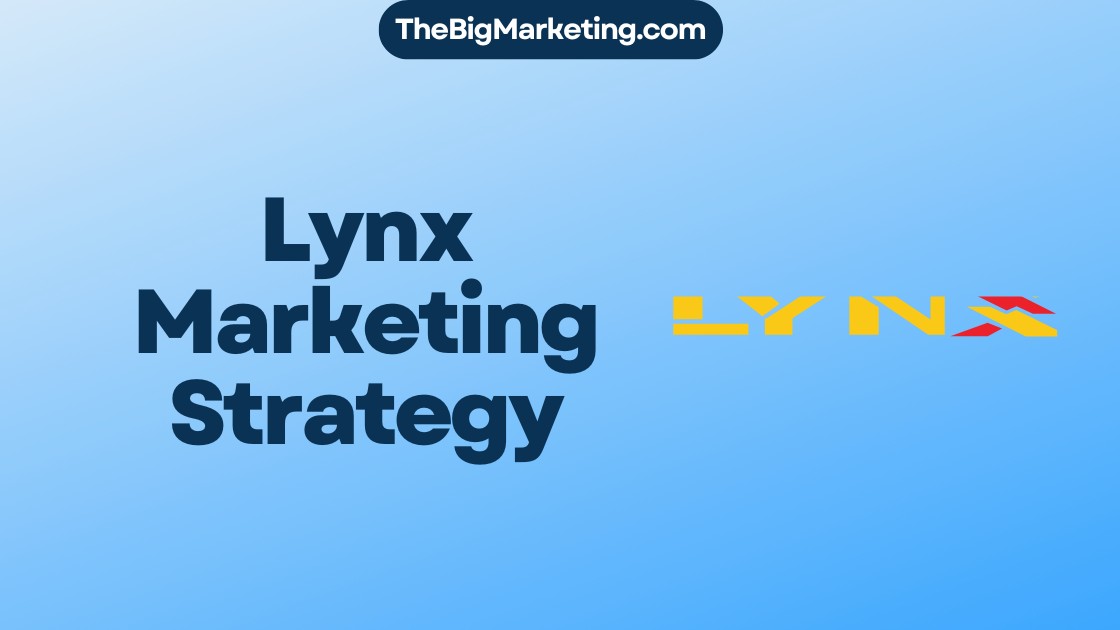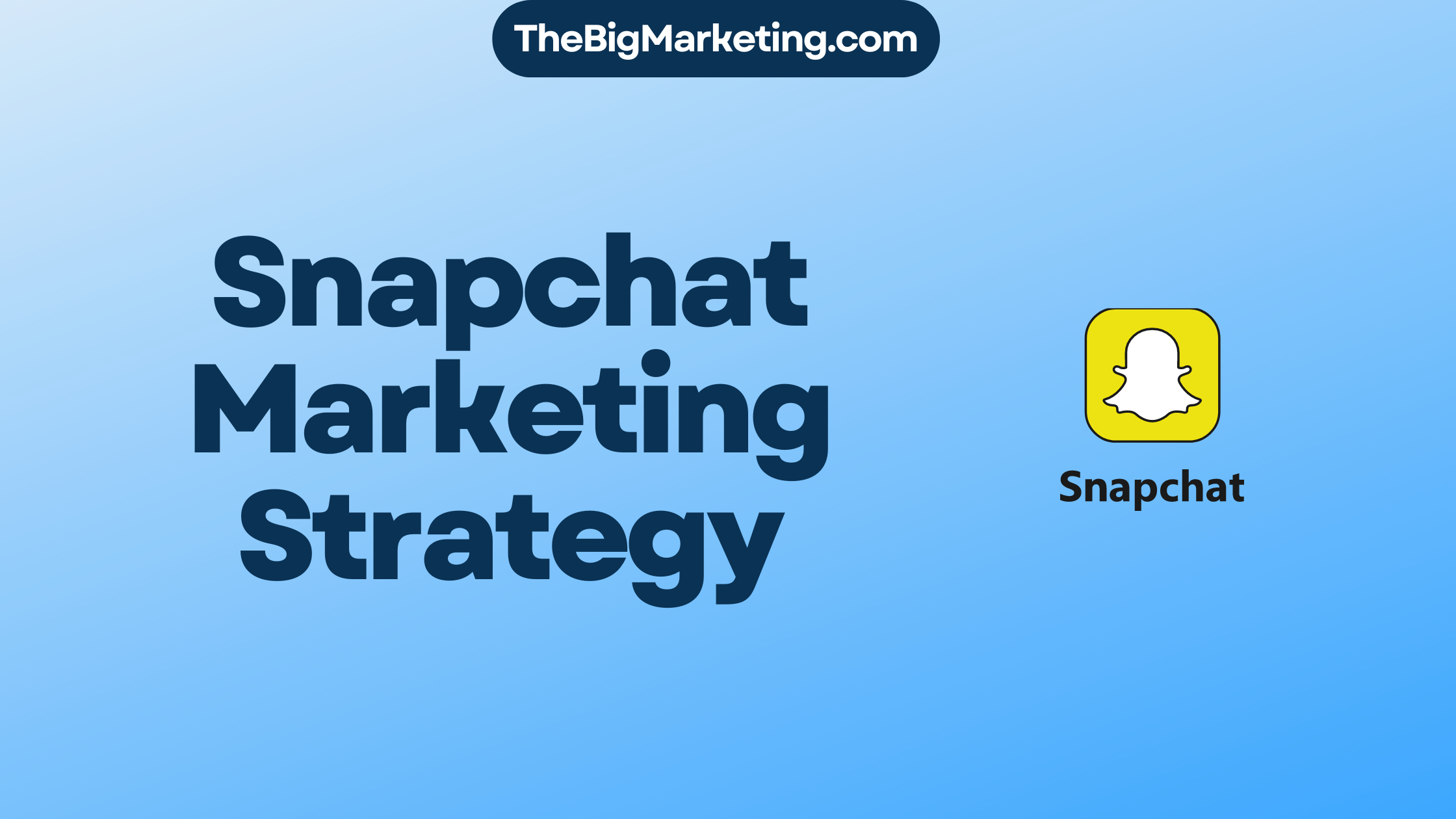A clean room is key in marketing for protecting data privacy and earning customer trust. These spaces are vital for advertisers. They let them analyze grouped data from big names like Google and Facebook. This analysis includes their own first-party data too. It helps measure how effective their ads are.
With these clean rooms, advertisers can match their data against the platforms’ grouped data. This shows them how far their ads reach and stops them from showing the same ad too much. The rise of data clean rooms comes from the need to share data across platforms. It’s also about following data privacy laws and wanting ad transparency.
Key Takeaways:
- Data clean rooms provide a controlled environment for analyzing aggregated data and measuring advertising effectiveness.
- Advertisers use clean rooms to ensure data privacy and transparency in their marketing efforts.
- Clean rooms help prevent over-serving ads and understand audience reach.
- The adoption of data clean rooms is driven by cross-platform data sharing and compliance with data privacy laws.
- Clean room technology plays a crucial role in creating a secure and sterile environment for data processing.
The Emergence of Data Clean Rooms in Marketing
Data clean rooms are becoming popular in the advertising world. Advertisers want to access data from big platforms like Google, Facebook, and Amazon. These clean rooms allow them to use this aggregated data and their own data safely for measuring and understanding their advertising efforts.
The rise of data clean rooms aims to fix adoption problems and create a standard space for analyzing data. This lets advertisers assess the impact of their campaigns correctly. It also helps protect user privacy and follow data laws.
Clean room technologies are key to managing data in a protected and clean setting. They use special steps to keep out anything that could harm data quality. This ensures advertisers have the right tools and setting for good data analysis.
The design of these clean rooms focuses on keeping the environment uncontaminated. They pay attention to things like air flow, filtering systems, and keeping surfaces clean. All these efforts are to make sure advertisers can trust their data-driven decisions.
Adding data clean rooms to marketing plans has changed how advertisers use data. They give a safe and uniform place for gaining important insights. This ensures privacy and leads to more successful marketing efforts.
Benefits and Challenges of Data Clean Rooms
Data clean rooms provide key advantages for advertisers and content makers. They are special spaces that allow private analysis of audiences. This helps in targeting ads better, measuring how well they work, and understanding the audience more. By using grouped data, these rooms maintain user privacy while improving ad targeting and analysis.
Such rooms also offer insights into who an audience is and how they behave. This information helps advertisers target their ads more accurately. They can also fine-tune their campaigns for better results.
Yet, data clean rooms are not without issues. Since they use grouped data, there might be some loss in detail compared to individual user data. Advertisers need to balance the need for privacy with the need for detailed information. Making sure data clean rooms work well across different platforms is also important.
There’s also the matter of keeping data safe when shared in these rooms. Advertisers have to follow strict rules to protect privacy. By sticking to these best practices, they can keep their operations secure. They also build trust with their customers and others involved.
Benefits of Data Clean Rooms
- Privacy-friendly solution for analyzing audiences and targeting ads
- Enables precise ad targeting and campaign optimization
- Provides valuable insights into audience demographics and behavior
- Facilitates audience analysis and segmentation
Challenges of Data Clean Rooms
- Aggregated data may be less accurate than user-level data
- Standardization and interoperability across platforms
- Privacy risks associated with sharing first-party and transactional data
- The need for proper clean room classification, maintenance, validation, and guidelines adherence
How Data Clean Rooms Work
Data clean rooms offer a safe place for advertisers and publishers. They help analyze data while protecting privacy and security. Understanding how they work shows us their importance in keeping data safe and private.
Advertisers upload their data to a secure cloud platform. This keeps the data safe using strong protection measures.
Data in the clean room is made private and anonymous. Identifying info is removed through pseudonymization. This keeps user data from being linked to actual people.
Access to the data is tightly controlled. Only a few vetted people can see the data. They must go through a strict check process.
Noise injection adds random bits to the data. This makes it hard to figure out who the data is about. It’s another layer of protection for privacy.
Data is then grouped into cohorts for analysis. These groups share common traits but remain anonymous. This way, ads can be targeted without risking privacy.
Advertisers and publishers work with this safe, grouped data. They do their ad and marketing work while keeping everything secure and private.
The following table provides a summary of the key steps and procedures involved in the functioning of data clean rooms:
| Clean Room Procedures |
|---|
| Data upload to secure cloud-based platform |
| Pseudonymization and differential privacy techniques |
| Access restrictions and user authentication |
| Noise injection for added privacy |
| Anonymization and aggregation of user-level data into cohorts |
| Access to anonymized and aggregated data for analysis and targeting |
Through these steps, advertisers and publishers manage data well. They ensure it is handled and protected properly at all times.
The Role of Data Clean Rooms in Privacy Compliance
Data clean rooms are vital for privacy compliance for advertisers and content providers. In our data-driven world, keeping data private and protected is key. The challenge of privacy laws like GDPR and CPRA needs a smart solution.
By using data clean rooms, advertisers can look at data that is anonymized and grouped together. This way, they stick to privacy laws. It lets them focus on certain groups and see how well their ads work, without risking user privacy.
Data clean rooms offer a safe place for handling data. Advertisers and content providers use these environments to follow data protection laws. They keep customer trust and meet privacy standards.
Data breaches are common, and people worry about their privacy. Data clean rooms provide a solution that respects privacy in data analysis. Companies can better understand their audience and improve marketing without harming privacy.
Using data clean rooms, advertisers can master privacy rules with ease. They can be sure they’re doing what’s required by the law. This ensures the protection of individual privacy.
The Role of Data Clean Rooms in Privacy Compliance: Ensuring Data Privacy and Compliance Regulations
Alternatives to Data Clean Rooms
As third-party cookies become less common, the ad world is looking for new ways to keep ads personal and target the right people without invading privacy. These methods try to solve the issue caused by relying less on third-party cookies in online ads. Let’s look at some important new methods:
1. Universal IDs
Universal IDs are becoming popular as an alternative to third-party cookies. They use hashed email addresses to make unique IDs for personalized ads. This way, advertisers can offer tailored experiences but keep user info private. Universal IDs connect first-party data with audience reach, helping advertisers find their audience.
2. Contextual Ad Targeting
Contextual ad targeting targets users based on what they’re looking at online. It checks the content and situation of where the ad will show instead of personal data. This method matches ads with content, offering relevant messages without needing third-party cookies or detailed user info.
3. Google Chrome’s Privacy Sandbox
Google Chrome’s Privacy Sandbox tries to balance privacy with targeted ads. It has many standards and tech for ads that respect privacy. The Privacy Sandbox has things like Federated Learning of Cohorts (FLoC) for targeting groups, not individuals. This keeps privacy while still targeting ads well.
These new ways let advertisers give personalized experiences while protecting privacy. By using these options, advertisers can deal with privacy laws and keep targeting and measuring their ads well.
| Alternative | Description |
|---|---|
| Universal IDs | Rely on hashed email addresses to create unique identifiers for personalized ad targeting. |
| Contextual Ad Targeting | Target users based on the context of the page or app they are browsing rather than relying on user-specific data. |
| Google Chrome’s Privacy Sandbox | Offers various standards and technologies that protect user privacy while enabling targeted advertising. |
Data Clean Rooms and Data Platforms: A Comparison
Data management involves using data clean rooms and data platforms, like CDPs. CDPs focus on user data and IDs. Data clean rooms use anonymized data instead.
Data clean rooms are more secure than CDPs. They anonymize data to protect user information. This ensures privacy and safety.
Data clean rooms allow access to combined company data. This helps users see trends and understand their audience better. They provide useful insights while keeping data private.
However, data clean rooms face challenges in interoperability and standardization. This makes it hard to mix data from different sources. Meanwhile, CDPs let companies use rich user data for marketing.
In summary, data clean rooms are great for privacy and analyzing trends. CDPs are better for personalized marketing. The choice depends on a company’s privacy needs and goals.
The Future of Data Clean Rooms in Advertising
Data clean rooms are becoming popular as a way to advertise while respecting privacy. They offer a safe spot for companies to work with data without risking user privacy. But, we must also look at the possible risks to keep these platforms successful and useful.
One big worry is the threat of data breaches. This could lead to big fines and harm to a company’s reputation. Advertisers need to be careful when sharing their data in these rooms. They should also have strong security to stop any unauthorized access or leaks.
Mistakes by people can also bring risks in data clean rooms that are managed by hand. For example, letting the wrong person in or sharing data carelessly can put privacy at risk. This is why it’s vital to focus on security. Companies need to follow strict rules to prevent these mistakes.
It’s also key to prevent mistakes in the data itself to keep everything accurate. Advertisers and content providers should check their data regularly. This helps make sure they get reliable insights.
Overall, data clean rooms have great potential for safe advertising. But, to make the most of them, we must handle the risks well. By focusing on security, stopping mistakes, and protecting against breaches, companies can use these rooms effectively. This way, they can protect user privacy and follow the rules.
| Security Risks | Data Leakage | Data Errors |
|---|---|---|
| Unauthorized access to sensitive data | Inadequate safeguards leading to data exposure | Inaccurate insights and analysis |
| Potential fines and reputational damage | Compromised user privacy | Loss of data integrity |
| Human errors in data management | Risks associated with data sharing | Error-prone data processing |
Data Clean Rooms in the Context of Privacy Regulations
Data clean rooms are gaining importance due to the growing focus on user privacy. This is because of strict privacy laws like GDPR and CPRA. Advertisers and content providers need to look at user data but must keep privacy in mind. Data clean rooms help out here.
They let companies analyze aggregated data without breaking privacy rules. This way, companies can keep user information private. They can also follow the rules set by these privacy laws.
Use Cases of Data Clean Rooms
Data clean rooms are now vital in marketing and advertising. They offer different ways for advertisers and content providers to use their data. Here, we look at some key uses of data clean rooms and their benefits for businesses.
1. Data Activation
Data activation is a major use for data clean rooms. They let advertisers use first-party data safely, giving them insights without risking user privacy. This way, advertisers can better target their audience and create custom experiences.
2. Collaboration
Data clean rooms help with teaming up between content makers and data users. They allow for safe data sharing, helping advertisers, marketers, and publishers understand their audience better. This leads to smarter decisions, more effective campaigns, and improved marketing.
3. Audience Trends
Data clean rooms offer a look into audience trends. Advertisers use this data to see what their audience likes and does. This helps them tailor their campaigns, improve messages, and match their efforts with what the audience wants.
4. Data Analytics
Data clean rooms are key for better data analysis. They let marketers access and study data from many sources. This leads to important discoveries that guide decisions, show how well campaigns are doing, and point out what can be better. Data clean rooms boost data analysis, helping businesses choose wisely in their marketing.
We’ve looked at how data clean rooms help in marketing and advertising. They are useful for everything from data activation and teamwork to understanding audiences and analyzing data. Next, we’ll talk about the role of clean room classification and validation. We’ll see why standards are crucial for reliable and accurate data work.
The Importance of Clean Room Classification and Validation
In the world of data clean rooms, it’s vital to classify and validate them correctly. This ensures they work well and reliably. Setting standards, protocols, and guidelines helps keep analyses and checks accurate.
Classifying clean rooms is key. It tells us the cleanliness level needed for different data works. This way, organizations can follow the right standards, keeping data pure.
Validation is just as crucial. It checks if a clean room meets the necessary standards and protocols. Through detailed tests, it confirms the room’s cleanliness and function.
Classification and validation are major for data purity and precision. They make sure clean rooms are reliable for data analysis and checks. This gives advertisers and content creators trust in their data-driven choices.
The Four Levels of Clean Room Classification
Clean rooms fall into four categories, each with its own cleanliness rules. These levels help make sure data tasks stick to best practices and keep the clean room trustworthy:
| Level | Max Number of Particles (per m3) | Particle Size (in micrometers) | Key Features |
|---|---|---|---|
| Class 1 | ≥ 0.5 | Ultra-low particle count; stringent controls and measures | |
| Class 10 | ≤ 10 | ≥ 0.5 | Low particle count; high precision and cleanliness requirements |
| Class 100 | ≤ 100 | ≥ 0.5 | Low particle count; suitable for most data processing activities |
| Class 1000 | ≤ 1000 | ≥ 0.5 | Relatively higher particle count; less stringent cleanliness requirements |
Each level has its cleanliness standards and controls. Following them keeps practices consistent and clean rooms reliable.
The system guides companies in designing their clean rooms. It tells them what controls and measures are needed for their data tasks.
Note that validation is ongoing. It ensures a clean room still meets the required standards and protocols. Regular checks help maintain cleanliness and address issues fast.
With solid classification and validation, firms can trust their data clean rooms. These steps lead to precise data analysis, reliable verification, and success in clean room projects.
Conclusion
Data clean rooms are a way for advertisers and content providers to study user data safely. They follow privacy rules and offer many benefits. These benefits include analyzing data without risking privacy, breaking down audience groups, and doing detailed data studies. This helps advertisers learn more about what their audience likes and boost their ads’ success.
But, using data clean rooms can be hard. It’s important to keep the data right, solve connection problems, and make security better. Advertisers and content providers need to work hard to keep user information safe and avoid any leaks of private data.
As the world of advertising keeps changing and privacy laws get stricter, the success of data clean rooms will hinge on tackling these issues. Advertisers need to make data clean rooms that everyone can use in the same way, improve the correctness of data, and work smoothly together. This will help them reach their audience better and run campaigns more effectively. Doing this, they can face the privacy changes well and manage data in a way that’s okay with the law, leading to future wins in advertising.







